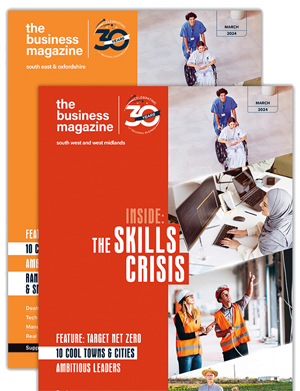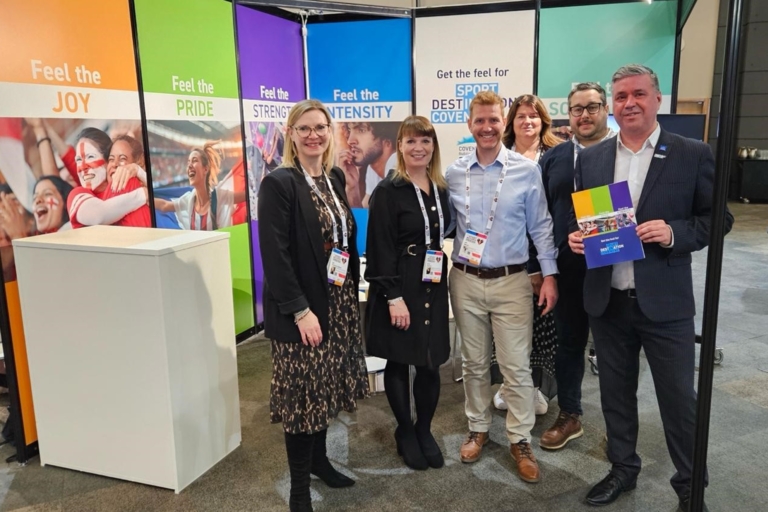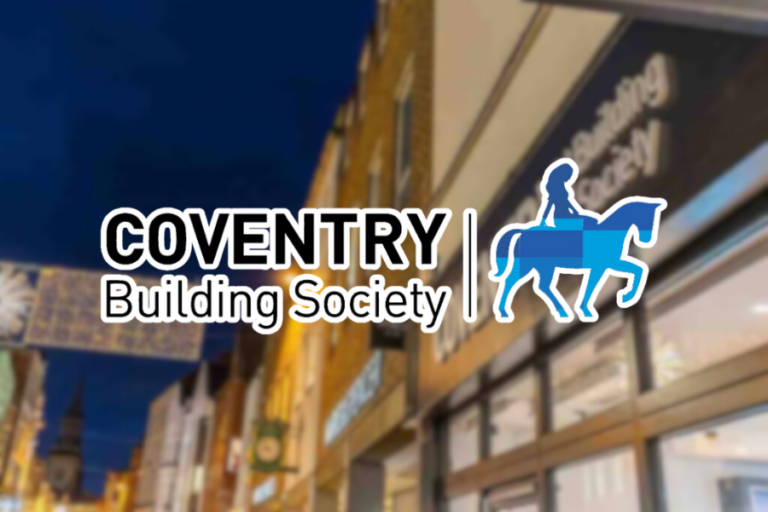Understanding the concepts of diversity, equity and inclusion


A quick look at Google Trends shows how conversations about diversity, equity and inclusion have evolved over the years. Whether in relation to gender, ethnicity, race, disability, age, sexuality or social mobility, organisations across the world are bringing diversity and inclusion to the top of their business priorities and decision making, writes Aduke Onafowokan, founder of The Sister Sister Global Network (a leadership social-enterprise for women) and Inclusivitii (a full-service diversity and inclusion consultancy).

Although there are several reasons behind the increase in diversity, equity, and inclusion (DEI) discourse, an understanding of the meaning underpinning these concepts is often lacking. However, understanding the concepts is crucial to developing robust interventions that drive desired outcomes and move organisations towards more representative and inclusive communities.
So, what exactly does diversity, equity and inclusion mean?
Diversity is defined by the CIPD as recognising difference. It is acknowledging the benefit of having a range of perspectives in decision making and what workforce being representative of the organisation’s customers. Diversity can also be simply defined as the presence of human differences – some of which are physical such as gender and race, and some less physical such as neurological differences and sexuality.
In essence, diversity exists everywhere, everyday, in teams and in our communities generally. It is important not to only think about diversity as an aspiration, but as a present reality – it is already here, we are all different and the best of leaders are those who recognise individuality as a vital part of collective identity.
Equity is a slightly lesser known concept that focuses on fairness and equal outcomes for everyone regardless of their backgrounds and identity. Leading training company General Assembly defines equity as an approach that ensures everyone access to the same opportunities. Equity recognises that advantages and barriers exist, and that, as a result, we all don’t all start from the same place. Equity is a process that begins by acknowledging that unequal starting place and makes a commitment to correct and address the imbalance.
Equity is different from equality, even though they are sometimes used interchangeably. Equality is about sameness, equity is about fairness, equality looks at equal opportunities, equity looks as equal outcomes.
For organisations who truly want to become inclusive and create a culture of belonging, equity is key. An organisation treating all employees the same in the pursuit of equality might not be fair. Just because the door is open does not mean everyone can get in – sometimes people need more, like a ramp, because they are on a wheelchair or pushing a buggy.
It is in understanding the unique experiences people have that leaders give voice to marginalised employees and break the systemic processes that gate some out of decision making.
To include people, you have to first ask – why could you not get in, in the first place?
Inclusion refers to “a cultural and environmental feeling of belonging”, which can be “assessed as to the extent to which employees are valued, respected, accepted and encouraged to fully participate in the organization,” Ella Washington and Camille Patrick, 2018.
Inclusion is thus the intentional and deliberate welcoming, valuing and leveraging of ideas and perspectives of all people regardless of their background and identity.
A simple idea in itself, but in practice can be challenging because the way we are wired as humans is to seek the familiar and trust the familiar – according to Britannica our brain processes 11 million bits of information per second and our conscious mind is at best only aware of five of these. Day in, day out, we make millions of split second decisions based on what we are familiar with, who we trust and what we believe.
Our natural interest is to form primary and secondary categories, in and out, them and us, this and that. Inclusion seeks to disrupt that and establish one massive team and ideal, including everyone.
Long before I became a diversity and inclusion specialist and founded Inclusivitii, an Oxford based full-service diversity and inclusion consultancy firm helping organisations with their diversity and inclusion strategy and initiatives, I was a trained lawyer and then subsequently worked as a consultant project management specialist.
I had from both my careers in law and technology first-hand experiences as to why diversity and inclusion still matter so much in unlocking potential and innovation in the workplace and I also know as a woman and a person of colour the unique intersection and challenges of trying to navigate the workplace.According to Druthers Search, in the UK, women only make up 17% of the IT workforce, 78% of large UK companies pay men more than women and only 2.6 of people on UK tech boards are ethnic minorities.
However, I also learnt that good intentions are not enough to make change happen. In fact, similar to IT change programmes, driving diversity and inclusion change requires planning, risk management and strong stakeholder engagement.
For leaders who want to lead the charge in their organisations for diversity and inclusion, it is important to understand the fundamentals and have a clear plan for success.
Here are two ideas that will help on the journey:
Prioritise research
I wrote above that equity is the anchor of inclusion – in the UK, at least one in three autistic adults are experiencing severe mental health difficulties due to a lack of support – this is due in part to lack of knowledge about neurodisability and the way it impacts the lives of people and consequently how we can all offer support. Similarly at work, without really assessing who is excluded and why, we cannot guarantee that our initiatives will make a difference.
Diversity and inclusion rarely means the same thing for everyone or every organisation. This is why it is important to avoid buying ‘best-selling’ initiatives before conducting the appropriate research to demonstrate that these types of interventions align with what your organisation needs. To maximise impact, it is important to understand where and what the challenges are. For some organisations I find in my research activities that their challenges are related to attraction, for some organisations their challenges are related to retention and for some it is low cultural awareness and sensitivity.
A well thought out diversity and inclusion assessment and audit can help you drill down to the experiences and perceptions of your workforce by demographics and identify the groups who need the most support. This way you have a comprehensive benchmark to base your future work on but also a democratic and confidential way to make sure that everyone has a voice in shaping the diversity and inclusion agenda for the future.
Prioritise ongoing learning and development
There have been conversations about the overall success rate of diversity and inclusion programmes and why even though most global companies offer diversity and inclusion initiatives, under-representation persists especially in leadership. Harvard Business Review found that although businesses started to get serious about their efforts to increase diversity they don’t seem to be getting results; women and minorities have not gained much ground in management over the past 20 years.
There are also further concerns that standard diversity and inclusion training such as managing unconscious bias can unlock further bias or lead to diversity fatigue. Research shows that these types of training programmes are often only effective for managing bias and promoting inclusion in the short term and soon, colleagues revert back to their comfort zones.
Rather than investing in one-off learning workshops, organisations can maximise impact and foster a learning mindset by providing ongoing learning and development, learning takes time – especially learning new perspectives and behaviours.
A number of my clients approach me to purchase off-the-shelf workshops on key diversity and inclusion themes, which provide powerful insights and ‘know-how’ but are not designed to embed a ‘trained focus’ in this area as a standalone offering.
Even with the best intentions, conflicting priorities, deadlines and sheer workload conflicts can very quickly lead to diversity and inclusion being de-prioritised. A more effective approach is to think more long term; what happens next, and then after that? A practical approach is to quarterly refresh your learning efforts and create a learning programme with a more long-term focus.
Diversity and inclusion training is a great way to introduce the idea that inclusion counts and diversity matters and when this is shaped by research we can really boost awareness and skill in the areas that matter the most.
But, it is only the beginning – training and research must be supplemented by ongoing structural changes such as clearer leadership pathways, policy and process reviews, standardised recruitment practices among others to achieve maximum impact and boost representation.













